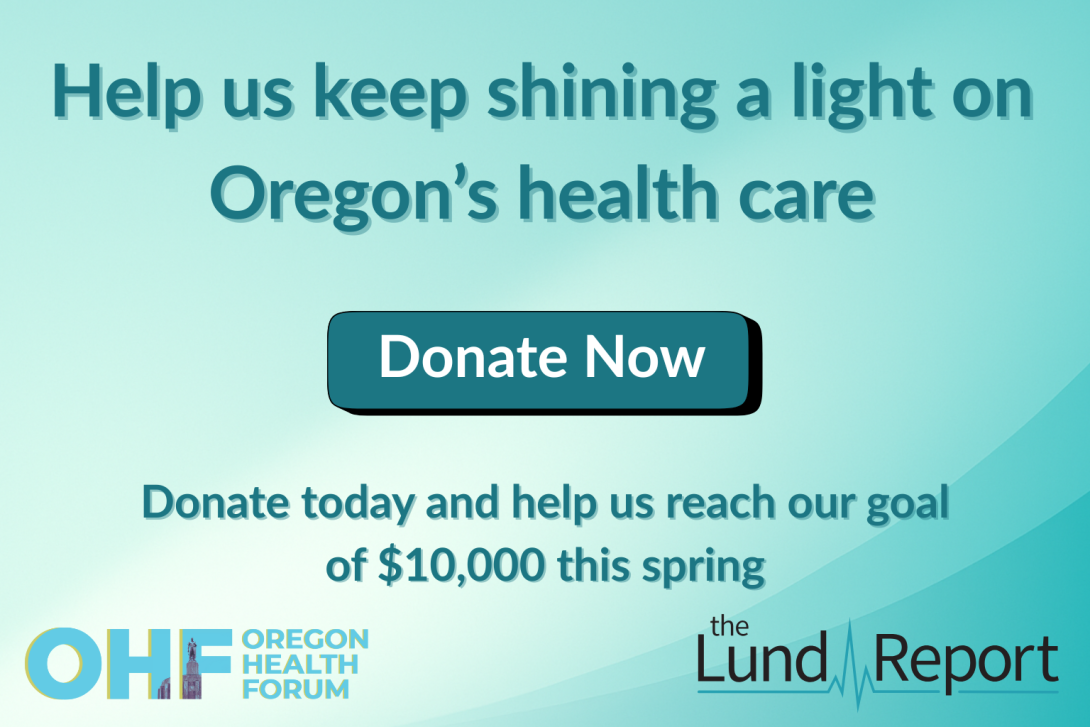The Affordable Care Act expanded Medicaid coverage to poor adults with incomes as high as 138 percent of the federal poverty level, but a quirk in eligibility determinations leaves thousands of workers with seasonal incomes without Oregon Health Plan benefits.
Some households make the same amount as these seasonal workers and still receive OHP benefits.
The Oregon Health Authority and the Department of Human Services are using one standard for people who have steady low-paying jobs and another one for people who work seasonally, cutting the latter out of Medicaid benefits.
This discrepancy appears to be linked to Oregon’s interpretation of the federal rules: If a household income is less than 138 percent of the federal poverty level in a month -- about $1,400 for an individual, or $2,400 for a family of three -- adults in that household may enroll in the Oregon Health Plan.
If a person goes over that limit in one month, they can be eligible for Medicaid based on a test of their annual income, but under this standard, they are only eligible for the Oregon Health Plan if they earn less than 100 percent of the federal level in a year -- about $12,100 annually, which amounts to about $1,000 a month for an individual.
For example, if a seasonal worker makes $2,000 a month during the summer or holiday season, but then only makes $10,000 a year, they can get the Oregon Health Plan. If this person makes $14,000, they’re currently being denied Medicaid coverage while someone making a steady $1,400 a month is not.
Adults who live in households that rely on seasonal income and make between 100 and 138 percent of poverty annually are kicked to the federal insurance exchange, where they are offered heavily discounted insurance and have to navigate a system of premiums, deductibles and copayments to buy an insurance plan that does not include dental and some other benefits that the Oregon Health Plan offers for free.
While navigating the eligibility requirements for Medicaid in Oregon can be a hassle, most of the state’s legislators and Democratic Gov. Kate Brown are firmly behind the Medicaid expansion. In states where politicians are more hostile to Medicaid, the difficulties poor people face getting insurance are harder. A growing number of Republican-led states want to impose new hurdles like strict work requirements, copayments and premiums, which OHA Director Pat Allen has argued increase bureaucratic costs as well as the number of people without insurance.
“It’s difficult in Oregon,” said Sean McAnulty, policy and advocacy coordinator for Assisters for Access, a nonprofit that helps poor people enroll in health insurance in the Portland metro area. “I couldn’t imagine navigating the situation in another state where they make it harder.”
McAnulty added that seasonal low-income workers face an additional hurdle even after they learn they have to buy their insurance on the exchange. Healthcare.gov requires people in the coverage gap to show that they’ve been rejected by Medicaid before they are allowed to buy and enroll in subsidized health insurance.
He said his organization encounters about one person a month caught in this limbo zone, and he estimates there are 500 to a few thousand people who fall in this trap statewide, including farm workers, holiday retail workers, summer recreation workers and others hustling in the gig economy, working with companies like Uber, for example.
The Oregon Health Plan is free to members, but even the most affordable health plans on the exchange are likely to be about $50 a month, with $20 copayments and a $500 deductible, or a lower premium with higher out-of-pocket costs..
Oregon Health Authority officials gave conflicting answers to why the state treats seasonal workers differently than other people and directs them to lower-quality health plans on the federal insurance exchange.
In an email to The Lund Report, OHA spokeswoman Saerom English said the federal government restricts her agency’s ability to use the higher standard for seasonal workers. “Currently, our understanding of the federal rules is that we do not have the flexibility to increase annual income eligibility from 100 percent of FPL to 138 percent.”
But another Oregon official, Margie Stanton, interim director of the Health Systems Division at OHA, gave a different response in an email to McAnulty, which was provided to The Lund Report. “There is no state or federal law that requires annual income eligibility to be reviewed against the 100 percent FPL standard. CMS has indicated that annual income may be reviewed against the 138 percent FPL standard,” she said.
McAnulty said he believed there could be a way to check a box in the online enrollment system to have income prorated on a monthly basis in order to qualify under the 138 percent standard rather than the lower 100 percent of poverty standard.
Rep. Alissa Keny-Guyer, D-Portland, the chair of the House Human Services Committee, told The Lund Report that she wanted OHA to use one income standard for everyone applying for the Oregon Health Plan. “I think they should be the same,” she said.
Reach Chris Gray at [email protected].
Correction: The original article incorrectly noted Sean McAnulty's affiliation and mistook Project Access Now's involvement.
